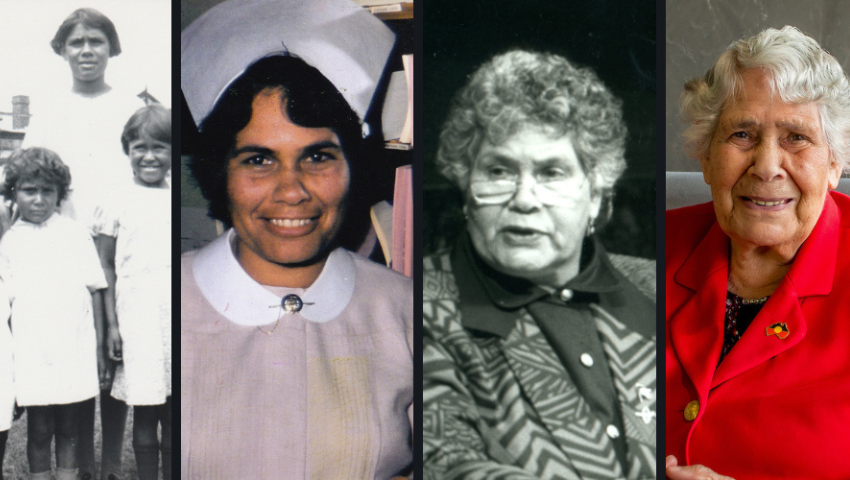
By David Washington
Executive Director
Fear about immigration is one of the constants of Australian politics, sometimes pushed by mainstream parties, and often generated by extremists.
It is confounding.
All of us who aren’t Aboriginal and Torres Strait Islander people trace our origins to other countries. Yet, unfounded fear of immigrants ebbs and flows, often reaching peaks in times of economic hardship.
Last weekend’s so-called “March for Australia” attempted to peg the blame for Australia’s housing crisis on immigrants.
The truth is that long-term Australian citizens – primarily our leaders – are responsible for the situation we find ourselves in.
Over long decades, we’ve treated housing as an attractive investment option rather than a human right, with favourable tax regimes among the many factors pushing prices ever higher. The supply-side argument is not a sole explanation for the exponential decrease in housing affordability. In fact, this trend has been going on for decades, with prices starting to rapidly increase in late 2020 when the immigration rate was at a historic low.
What about the cries that immigrants are taking “our” jobs and undermining productivity?
That’s nonsense.
Ask the Riverland fruit growers, who only a few years ago had to fight for a special exemption to bring in more than 1000 workers from Pacific nations. With COVID closing our borders, this important agricultural industry faced disaster without immigrants – their crops would have rotted on the ground.
Migrants are huge contributors to a wide sweep of Australia’s economy and social fabric, from fruit-pickers to white collar professions and skilled trades.
In fact, an OECD study shows Australia has one of the most educated migrant populations among OECD countries, with nearly six in 10 migrants holding a university degree or higher.
Well, what about crime? That’s another fear stoked as recently as Sunday by extremists who latched onto the anti-immigration marches.
There’s no evidence that immigration increases the crime rate in OECD countries.
This point is deeply ironic, given the events following Melbourne’s march, which made Aboriginal and Torres Strait Islander people, among other groups, feel deeply unsafe.
Of course, all aspects of public policy are up for debate and people have the right to peaceful protest.
However, Sunday’s marches weren’t simply about recalibrating immigration policy, despite attempts by some commentators and politicians to gloss over the overt and covert racism on display from some participants.
Let’s look at the stated objectives of the March for Australia. They have more than echoes of our nation’s exclusionary past: “It’s time to defend our heritage. It’s time to defend our culture”.
This isn’t even a dog whistle: we all know what they’re really saying. This country is “ours”, not “yours”. This was made explicitly clear, with the Indian community particularly targeted in pre-March publicity and in the days since.
As for the sea of Australian flags, they were used as an exclusionary prop – ironic, considering the flag’s design explicitly references immigration.
We need much more care in the way we debate these issues. After all, Australia as a nation has shameful form.
It was in my lifetime that our Foundation’s inspiration, Don Dunstan, worked diligently to end the Australian Labor Party’s support for exclusionary immigration – the so-called White Australia Policy.
Don did this because of his absolute conviction about the evils of racial and ethnic discrimination – something he had seen in his youth growing up in Fiji.
He also believed that Australia’s connection with its region was being damaged by the immature racism of the policy.
Today, Australia has a non-discriminatory immigration policy with a contemporary history of multiculturalism that has made us richer – culturally and economically.
Don also showed the way to reduce damaging dissent – economic fairness being central, but also clear and methodical advocacy.
It’s an approach that still points the way today.
Read more of our spotlight series here.



